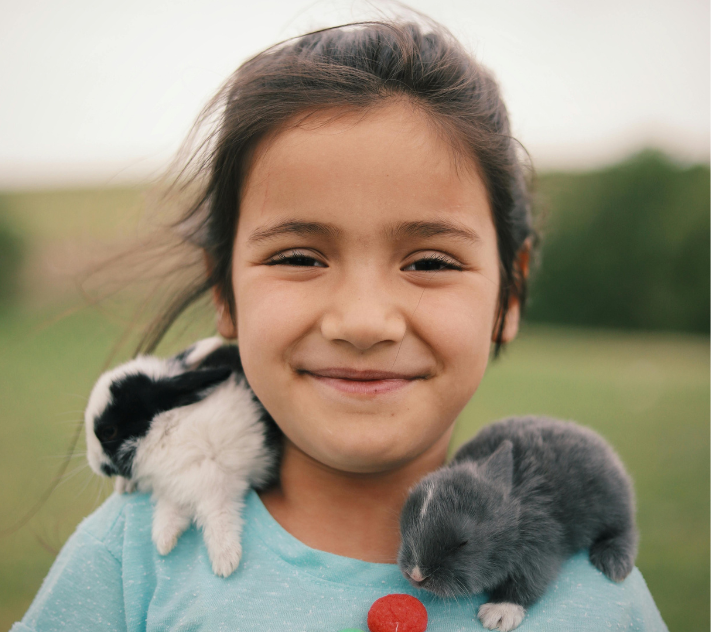Choosing a Pet for Your Preschooler
Bringing a pet into the family can be an exciting and meaningful experience – especially for a preschooler….

Bringing a pet into the family can be an exciting and meaningful experience – especially for a preschooler. The right pet can support your child’s growth in many ways, from encouraging active play to teaching patience, empathy, and responsibility. Even simple tasks like feeding a fish or brushing a dog can help your child feel involved and capable, while strengthening the bond between your child and their new furry (or scaly!) friend.
Below, we explore what to consider when choosing the best pet for your family and how young children can take part in caring for an animal companion.
What to Consider When Choosing a Family Pet
Adding a pet to your family is a big and exciting decision. Every animal has different needs, so it’s important to think about your child’s age and how ready they are to help care for a pet. Preschoolers are still learning how to be gentle and understand an animal’s boundaries, so choosing a calm, friendly pet is important. Your family should visit a potential pet, if possible, first to see how everyone gets along with it.
It’s also helpful to think about how much time and space your family has. Big dogs and puppies often need lots of room and daily playtime. Smaller pets like hamsters or guinea pigs may be a better choice if your family has a smaller home or a busier schedule. No matter what pet you choose, make sure your whole family is ready to care for it together.
Looking for pet suggestions based on your child’s age? Check out this article on best pets for kids at each age or this one on low-maintenance pets.
Ways That Your Preschooler Can Help with Pet Care
- Take Part in Basic Tasks: Caring for a pet comes with responsibilities – and even preschoolers can take part in many of them. Simple tasks like filling a food or water dish, handing out treats, or choosing a favorite toy help children feel involved and capable. These moments are great opportunities to talk with your child about what pets need to stay happy and healthy. You can even weave in early math concepts like counting or measuring food portions.
- Make Time for Playtime: One of the most fun and rewarding responsibilities is playtime. Whether it’s a game of fetch in the backyard or gentle play indoors, active time with pets benefits both the animal and your child. Use these moments to talk about the importance of exercise and let your child offer praise or a small treat afterward – helping reinforce positive routines and empathy.
- Practice Gentle Handling: Help your child learn how to gently and respectfully interact with a pet. Teach them where it’s safe to pet the animal, how to use soft hands, and which areas to avoid. It’s also important to talk about a pet’s personal space – showing your preschooler how to recognize signs that an animal wants to be left alone. These early lessons in gentle handling and respecting boundaries help keep both your child and pet safe, while also building empathy and trust.
Adopting a Pet in Denver
No matter what kind of pet you’re thinking about adding to your family, Denver has many wonderful animal rescues and humane societies to help you find the right match. Here are a few trusted local organizations to explore as you begin your search for a new furry (or feathered!) friend:



